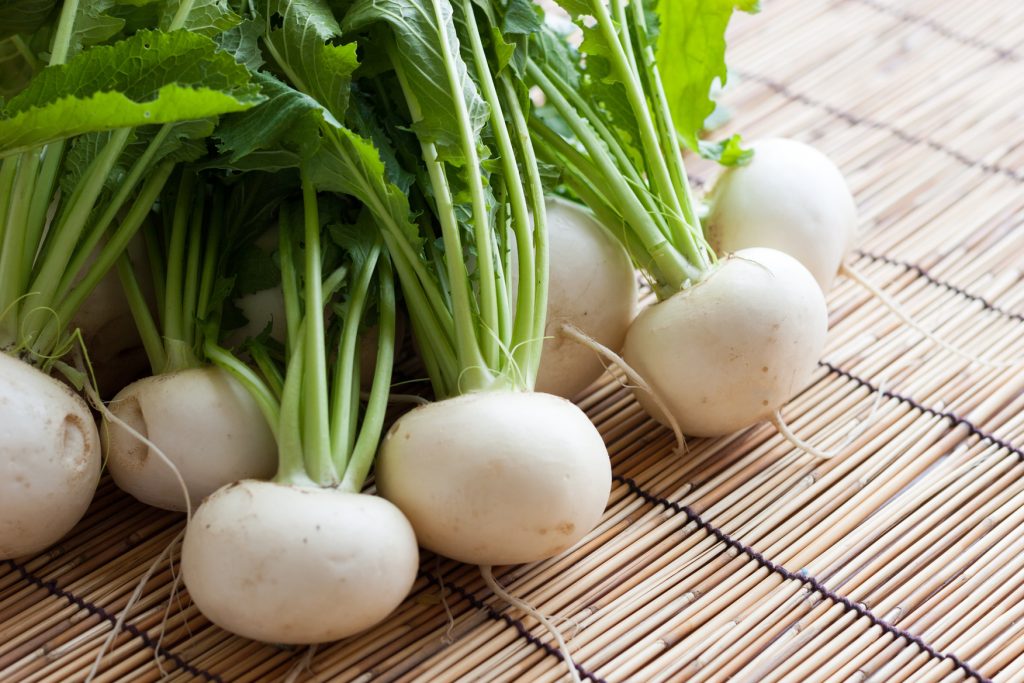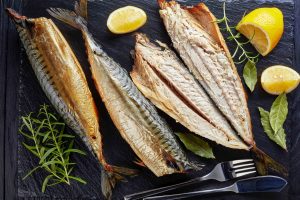Before the introduction of the potato, turnips were the number one staple root vegetables of the British Isles.
For centuries after the potato was brought back from the Americas, the humble turnip then became the food of the poor and animal fodder. Yet its delicate white flesh is delicious and it’s a versatile vegetable that can be a comforting treat in our cold autumns and winters.
Did you know…?
- Wild forms of the turnip plant can be found across Europe and western Asia, and it is likely to have been domesticated in Europe thousands of years ago. Turnips became an important ingredient in the cuisine of Ancient Greece and Rome. Cultivated turnips were taken to China and reached Japan in the first century AD.
- The scientific name for the turnip plant is Brassica Rapa Subsp.
- In the 18th Century, Englishman Charles ‘Turnip’ Townshend advocated for the use of turnips in a four-year crop-rotation system for year-round livestock feeding, so they became widely used as animal feed.
- Turnips grow best in temperate and cool climates like western Europe. They are biennial plants so take two years to grow from seed to reproduce more seed. They grow tall, yellow flowers and produce seed pods. In the UK, they are harvested between September and January.
- In the south-east of the USA, turnip leaves are popular. They are called turnip greens and are a common side dish at this time of year.
- Turnips are lower in calories than potatoes. 250g of sliced turnips has around 18 calories compared with 59 calories in the same amount of potatoes. Turnips are also a good source of fibre, manganese, potassium, and vitamin C.
- There are 30 types of turnip grown worldwide and more than 44 tonnes of turnips are grown worldwide every year. China is the world’s largest producer of turnips with more than 47% of world production. Germany imports the most turnips.
- The world’s heaviest turnip was grown by Canadian Damien Allard in 2020. It weighed 29kg.
How can you use turnips in your cooking?
Make a turnip hotpot – Use sliced turnips instead of potatoes on a lamb hotpot for a warming meal that’s perfect at this time of year.
Add them to soups and stews – They’re a handy ingredient for giving soups and stews like Scotch broth and cawl a little extra bite.
Pair them with haggis – Try out the classic Scottish combination of neeps and haggis. The neeps can be turnips or swede, and you often find both served with this Scottish delicacy.
Make a turnip and bacon bake – This is a classic combination of flavours that works so well together. Top with crispy puff pastry for added crunch.
Cook baby turnips with tender duck legs – They’re the ideal accompaniment for braised duck. Cook them with the duck in a stock made from the meat juices.
Make them a delicious side vegetable – Use them with navarin of lamb, roast chicken, and hearty vegetarian and vegan pies. Boil them and then toss them in a dressing of garlic, parsley, and capers.
Substitute them for potatoes in some classic side dishes – Try a turnip tartiflette, turnip au gratin, or turnip colcannon.
Take a look at the gourmet dishes we create from seasonal vegetables in our sample menus.




